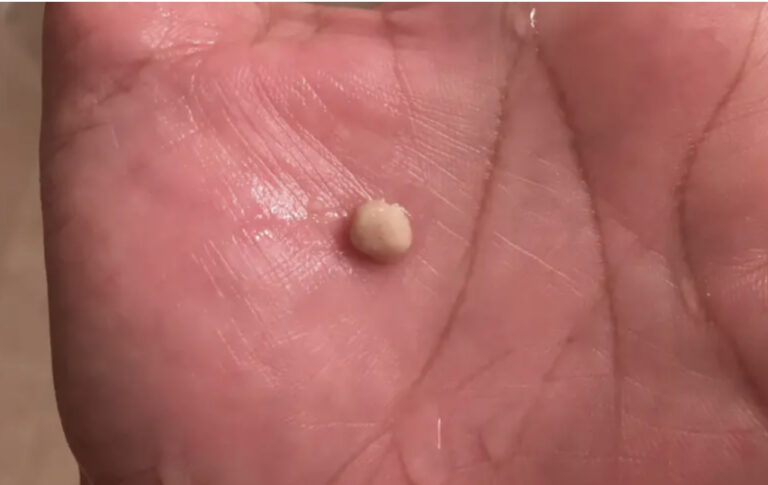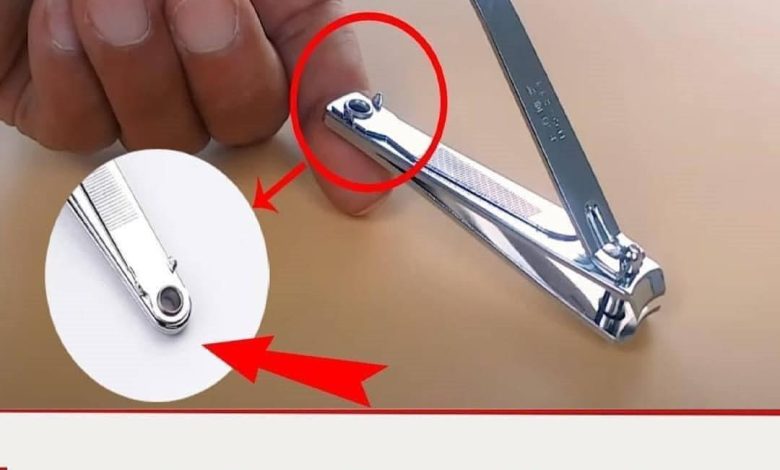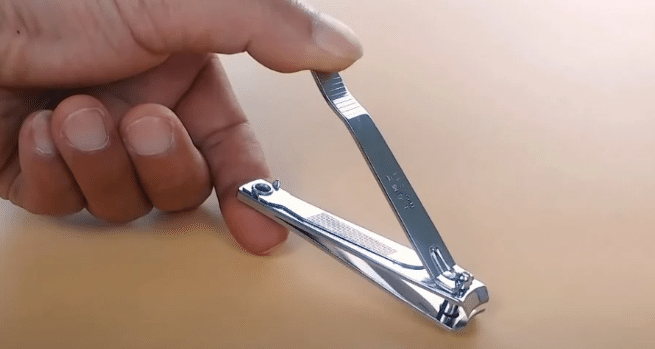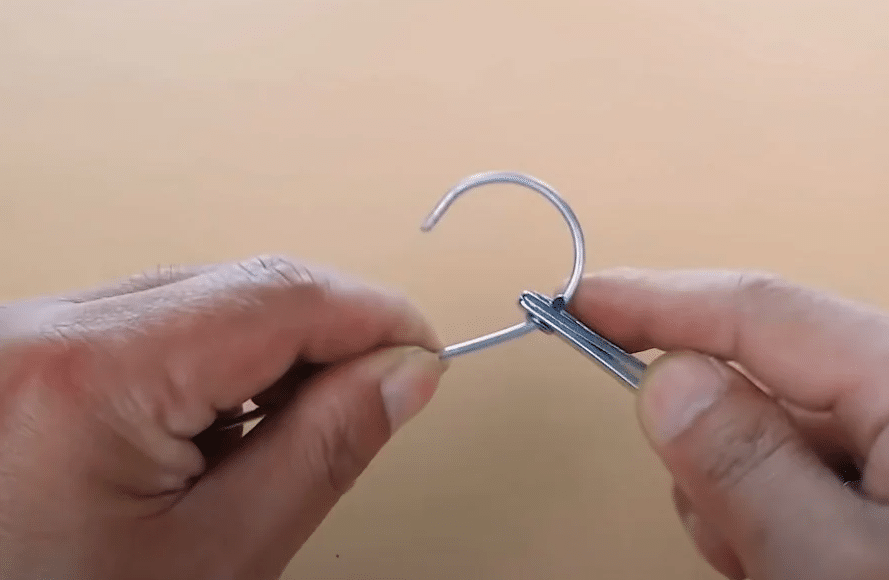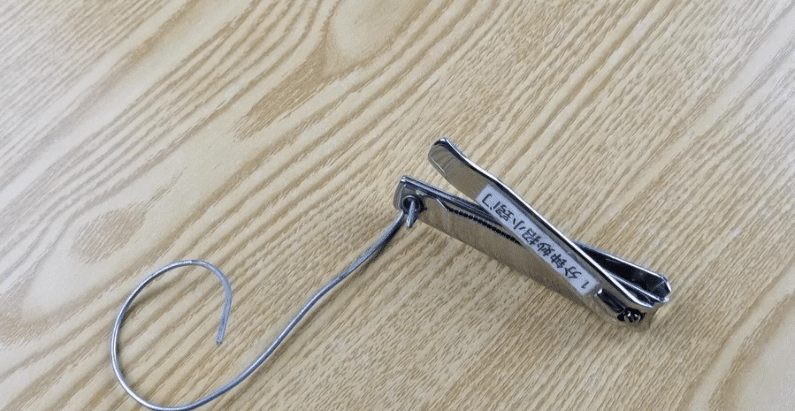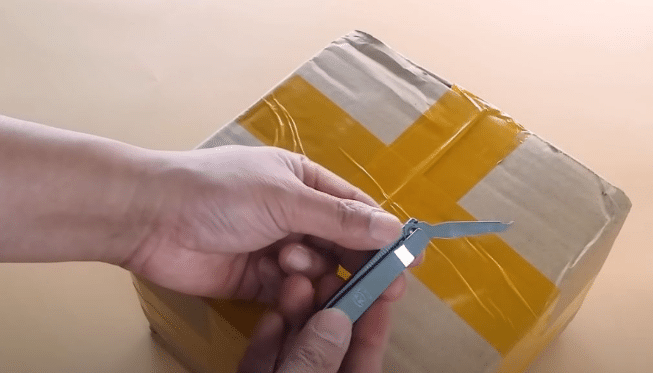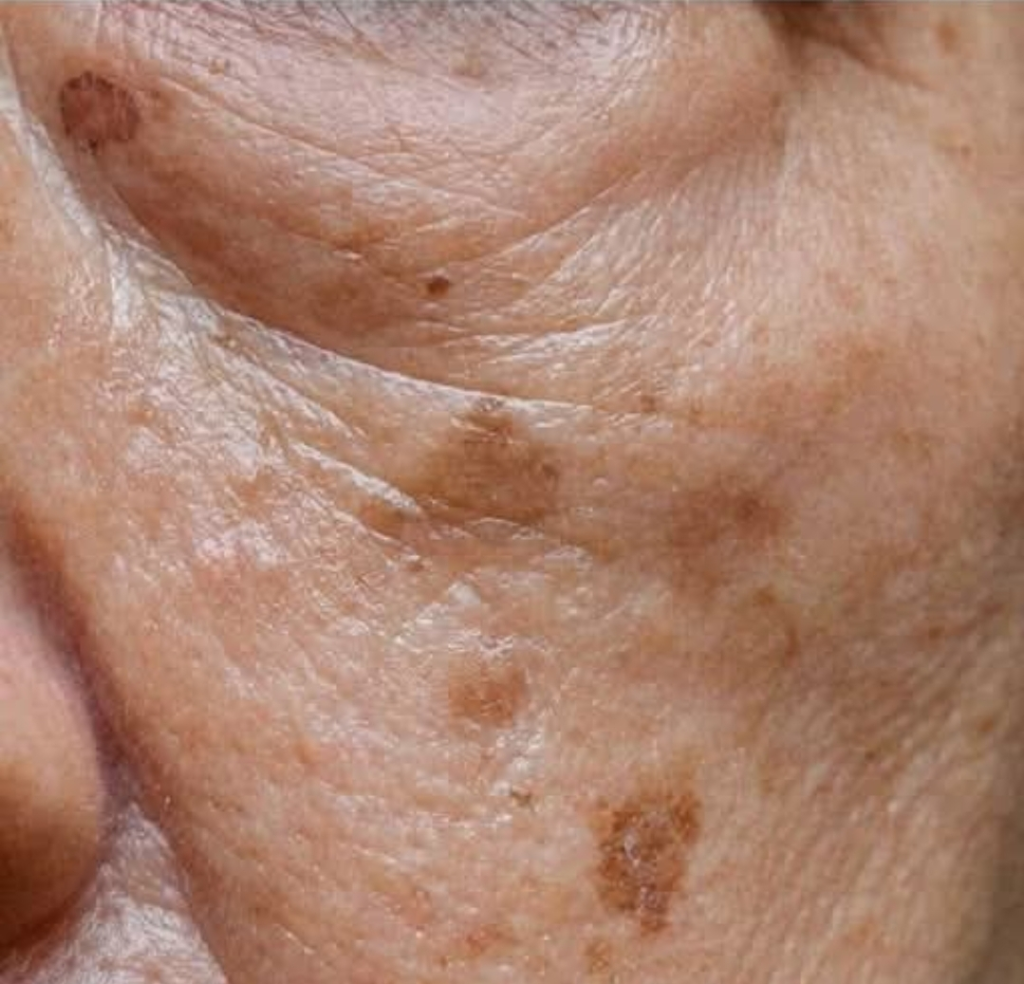
Life is a journey filled with endless opportunities to discover something new. Whether it’s a fascinating fact, a practical skill, or an unexpected insight, each day offers a chance to expand our horizons. Embrace the joy and impact of learning something new today!
The Joy of Learning Something New
- Curiosity Unleashed: Learning ignites a spark of curiosity that keeps our minds active and engaged.
- A Boost of Confidence: Mastering a new skill or understanding a concept can give us a sense of accomplishment.
- Building Connections: Knowledge often opens doors to deeper conversations and connections with others.
What I Learned Today
Here’s my latest discovery:
Feel free to insert your specific learning here—whether it’s a cool fact, a skill, or something thought-provoking. For example:
- Did You Know? The oldest known recipe in the world is for beer! It dates back over 5,000 years to ancient Mesopotamia.
- Skill Spotlight: Today, I learned how to properly sharpen a kitchen knife, and it’s a total game-changer for cooking!
- Thought-Provoking Insight: Listening more and speaking less in conversations often leads to deeper understanding and connection.
How Learning Changes Us
- Enhances Creativity: Every new piece of knowledge or skill can spark fresh ideas and perspectives.
- Keeps Us Adaptable: In a world that’s constantly changing, learning equips us to stay flexible and resilient.
- Improves Mental Health: Engaging in new activities or gaining knowledge can reduce stress and give us a sense of purpose.
How to Make Learning a Daily Habit
- Ask Questions: Let curiosity guide you. Ask “why” or “how” about things that intrigue you.
- Read Widely: Books, articles, and blogs are treasure troves of knowledge. Pick topics that excite you.
- Try New Skills: Whether it’s cooking, crafting, or coding, hands-on learning is incredibly rewarding.
- Talk to Others: Every conversation is an opportunity to learn from someone else’s experiences.
- Reflect Daily: Take a moment to think about what you learned and how it might enrich your life.
The Ripple Effect of Learning
Learning doesn’t just benefit us; it impacts those around us too. Sharing new insights or teaching others helps spread knowledge, fosters deeper relationships, and inspires others to embrace their own curiosity.
Encouraging more people to share their knowledge can be approached in several ways:
- Create a Safe Environment: Foster a culture where sharing ideas is welcomed and valued. This can be in classrooms, workplaces, or community groups where people feel comfortable expressing themselves without fear of judgment.
- Recognize Contributions: Acknowledge and reward those who share their knowledge. This could be through verbal recognition, certificates, or even small incentives. When people feel appreciated, they are more likely to share again.
- Provide Platforms for Sharing: Establish forums, workshops, or online platforms where individuals can easily share their expertise. This can include social media groups, community events, or dedicated sessions in schools and organizations.
- Encourage Collaboration: Promote teamwork and collaborative projects where individuals can contribute their unique knowledge and skills. This not only benefits the group but also encourages individuals to share what they know.
- Lead by Example: When leaders or influential figures share their knowledge openly, it sets a precedent for others to follow. Being transparent about learning experiences can inspire others to share their insights.
- Offer Training on Communication: Sometimes, people may hesitate to share because they lack the skills to communicate effectively. Providing training on presentation and communication skills can empower individuals to share their knowledge more confidently.
By implementing these strategies, we can create a more knowledgeable and connected community where sharing becomes a natural part of the learning process.




